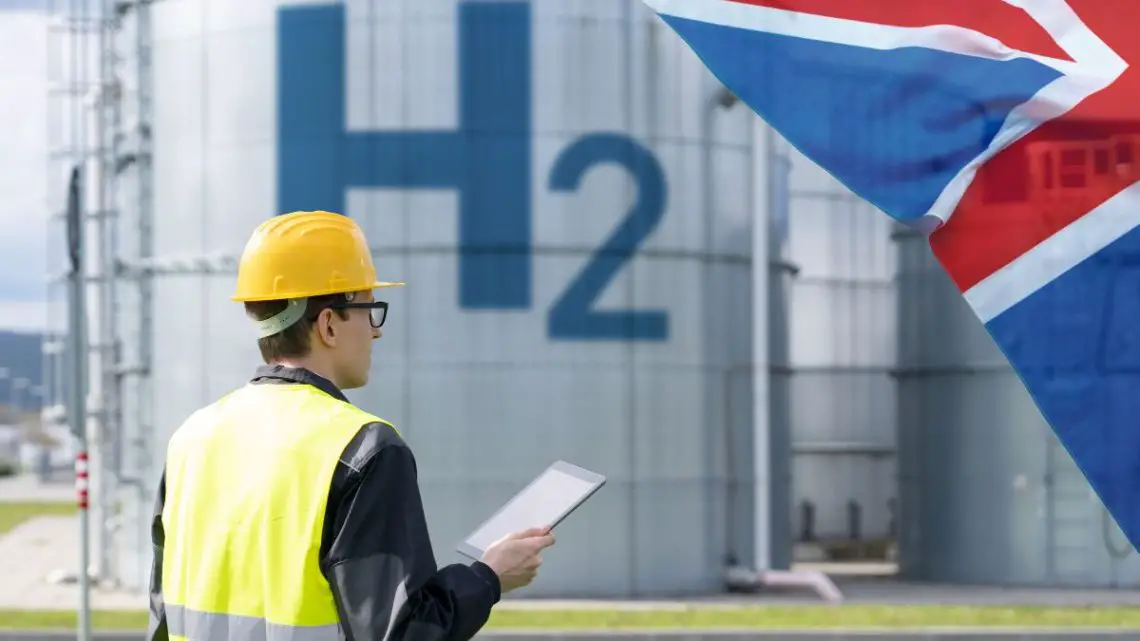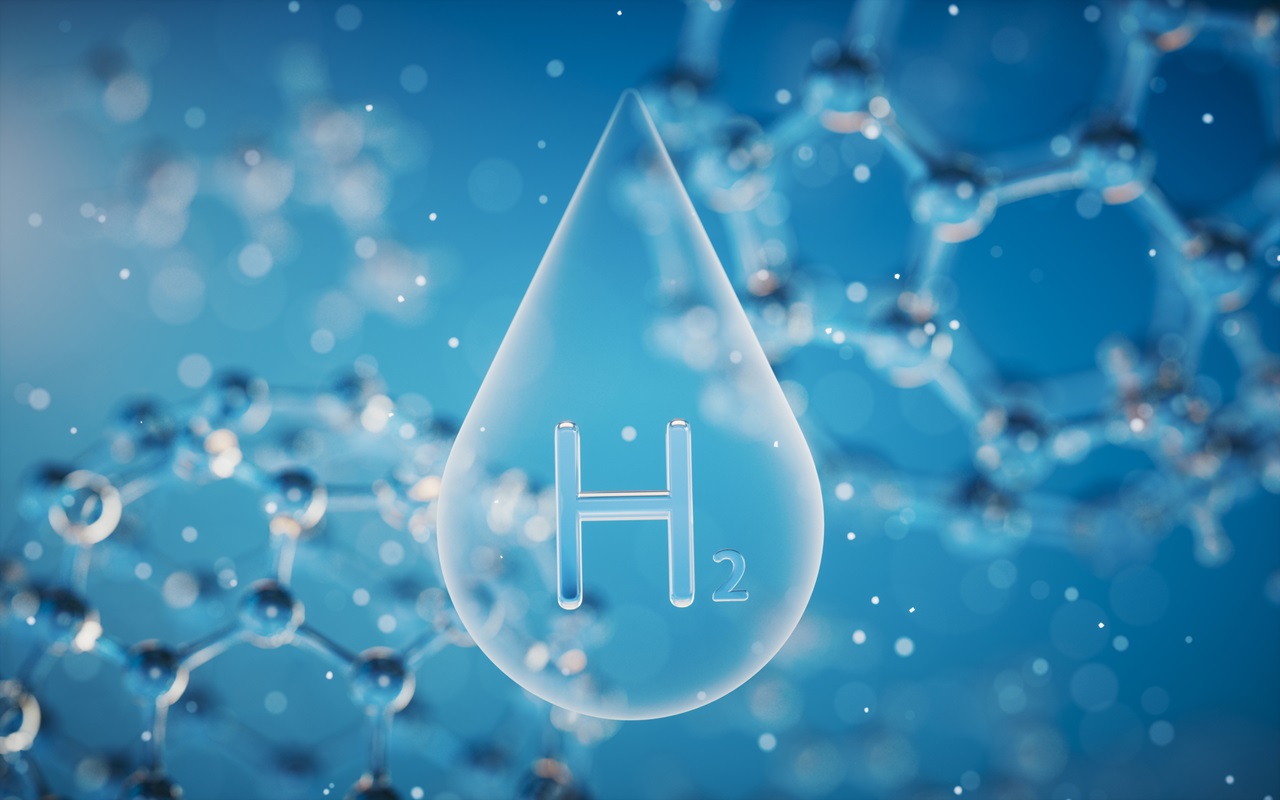
Equinor gets go-ahead for UK blue hydrogen plant
February 29, 2024The facility will use H2 and carbon capture and will create 2,200 jobs.
Equinor recently announced that it had received the approvals necessary to build a blue hydrogen plant in the Saltend Chemicals Park of the United Kingdom, which is expected to create about 2,200 jobs.
The Norwegian company is calling it H2H Saltend
The purpose of the H2H Saltend blue hydrogen plant project is to slash about a third of the emissions currently produced at the Saltend Chemicals Park. This is estimated to be the equivalent of removing about 500,000 cars from the road.
Equinor has described the plant as “one of the UK’s key decarbonisation projects.” Construction is slated to start at some point between 2026 and 2030. By the time the plant is fully operational, it expects to have created 2,200 jobs in the area.
The blue hydrogen plant is important for job creation
East Riding of Yorkshire Council Councillor Anne Handley said that the new facility will make the region a top decarbonization location.
“We welcome major energy projects from global companies like Equinor, which help to demonstrate the ability of our area to attract investment,” said Handley, “leading to more jobs, supply chain contracts and opportunities for local people. We should be proud that East Yorkshire can be a leading light in the transition to a net-zero economy.”
Launching other decarbonization initiatives
“We are delighted to receive planning permission for this key project, which could help to kick-start multiple decarbonisation initiatives in the Humber,” said Derek Ho, H2H Saltend project director. “It is an important first step in creating a low-carbon hydrogen economy and achieving net zero in the Humber, safeguarding local industries and creating greater opportunities including new jobs and skills, whilst helping the UK to tackle climate change.”

Credit: Photo by depositphotos.com
A first of its kind
According to Equinor, the blue hydrogen plant is expected to be among the first of its kind of this size and to receive the necessary UK approvals.
The East Riding of Yorkshire Council gave Equinor the green light for the project using delegated powers that sidestepped conventional planning processes.
A 600-megawatt low-carbon blue hydrogen facility
The project is designed to involve the construction of a 600-megawatt, low-carbon H2 facility at the Saltend Chemicals Park. The H2 will be produced using processes powered by natural gas, combined with carbon capture technology to reduce greenhouse gas emissions. The blue hydrogen produced will be used in chemical processes both at the Saltend Chemicals Park and by nearby companies, directly replacing natural gas at several industrial facilities. In this way, the carbon emissions from those processes will be notably reduced.
Carbon capture and storage
The blue hydrogen project will feature a carbon capture and storage facility. This will involve sending nearly 900,000 tons of CO2 captured at the plant into a storage location located under the North Sea. In this way, it is meant to divert the produced carbon dioxide from being emitted into the atmosphere.
East Coast Cluster
 The H2H Saltend project also has the potential to become a component of the East Coast Cluster, which is a broader network for carbon capture transport and storage. Equinor and other operators will soon have the opportunity to place their bids to participate in the cluster.
The H2H Saltend project also has the potential to become a component of the East Coast Cluster, which is a broader network for carbon capture transport and storage. Equinor and other operators will soon have the opportunity to place their bids to participate in the cluster.
To transport the CO2, pipelines will be built. They will run through the Easte Riding’s Easington through Lincolnshire, including to a Keadby carbon capture power station which had already received its approval in 2022. Additionally, the pipelines will extend to the Drax power station located near Selby, where it will transfer the carbon dioxide for storage under the sea.
According to Equinor, the blue hydrogen carbon capture and storage proposals could result in making the Humber net-zero by 2040, even though it is currently the most carbon intensive industrial region in the United Kingdom.
Ready to test your knowledge on the most abundant element in the universe? Take our fun and engaging Hydrogen Quiz now! [forminator_quiz id=”58712″]



 With over 15 years of reporting hydrogen news, we are your premier source for the latest updates and insights in hydrogen and renewable energy.
With over 15 years of reporting hydrogen news, we are your premier source for the latest updates and insights in hydrogen and renewable energy.